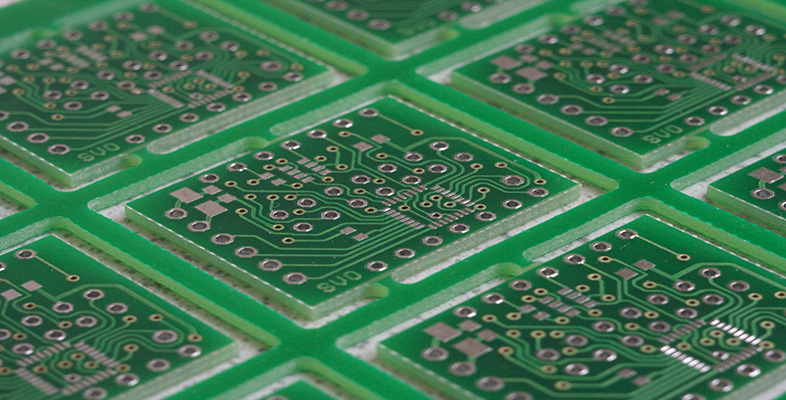2.1 Business
Financial services
Every time you use a debit or credit card in a shop, the shop till communicates with a card terminal that transmits your identification details from your card to your bank or credit card company for verification. Your balance is then adjusted according to your purchase. A similar chain of events is initiated if you shop online (buying a ticket for an airline or train, perhaps) or over the phone (when booking a cinema ticket, for example). Many banks also provide online banking services, reducing the need for customers to visit a branch. Automated teller machines (ATM) allow you to check your bank balance and withdraw cash wherever you are in the world. In each of the above situations – using a debit or credit card, shopping or managing your money online or over the phone, or using an ATM – the machines involved are connected via a network to a central computer, which has records of your account in an electronic filing system known as a database.
Financial services have undergone huge changes in recent years as a result of developments in the digital technologies driving them. The examples just described show how convenient and accessible such services have become. Yet at the same time, issues of identity and security have become a concern. New ways of communicating have also created new types of crime, including identity theft and financial fraud. In turn, these problems have fostered the development of new security industries that try to inform us and sell us solutions to reduce the chances of us becoming victims of online crime.
